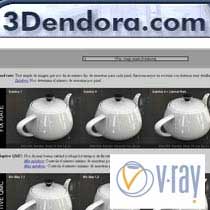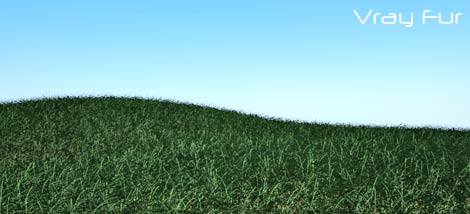Tutorial: understanding V-ray in deep

<>
There’s no just english sites to find a great educational material, but you can find in many parts of the world people producing excellent tutorials.
This time we’re going to Spain!
Few years ago, Pedro Saiz Bilbao realized a very informative pages about V-ray and its settings. Many examples, many images, many experiments.. I love his work: very, very useful.
This tutorial has been wrote for V-ray 1.49 but it’s valid too. I often use it to remember details or settings values. Check and add it to your bookmarks!
V-ray panels in deep






